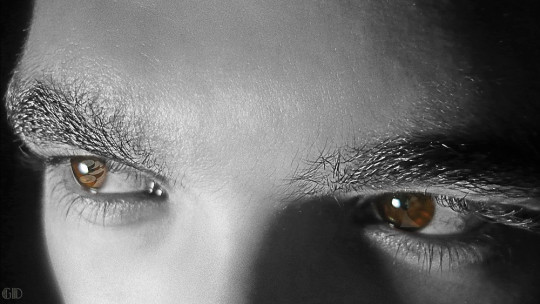The jealousy They are a phenomenon that, in practice, we cannot understand from a single definition that explains all cases of lattice; It is a problem that manifests itself in very diverse ways, some of which we even assume are normal and not a problem (even though they really are).
That is why it is useful to talk about types of jealousy , or ways in which jealousy can be expressed and materially expressed through behavior. Let’s see what they are and what characteristics help us detect them in our relationships with others.
What types of jealousy exist?
What all types of jealousy share with each other is that discomfort generated by the fact of not being able to control the behavior of a person or group of people, or not being able to intervene in what they have or do not have. But this broad and abstract definition leaves room for many different experiences.
Here you can see a brief outline of the different characteristics that jealousy can have, and how it manifests itself in different situations and for different causes and motivations.
vital jealousy
The types of jealousy that fall into this category do not have so much to do with access to an intimate relationship with specific people, but rather with the realization that other people have a much easier time cultivating a good self-image with little effort and, at the same time, they are more attractive to oneself than one’s own self-image. In this sense, jealousy exists because every small success of other people is an insult to one’s own self-esteem. In this category are work jealousy and self-actualization jealousy.
1. Work jealousy
This type of jealousy is based on the part of the self-image that appeals to the value that one has as a worker in relation to others Thus, a person who feels that they are at a disadvantage in everything related to their own employability may experience workplace jealousy, because they see an injustice every time someone gets the job they want for themselves, the promotion they were hoping for. obtain or, simply, when you believe you have evidence that others obtain jobs that are more valued than yours. Furthermore, this type of jealousy can induce a passive-aggressive attitude that makes it more difficult to promote yourself at work, since in the eyes of others you give an image of hostility, resignation and little desire to put effort into what you do.
2. Self-actualization jealousy
This is a type of jealousy that appeals to a set of abstract ideas about what personal development, happiness and self-actualization are. People with this type of jealousy They believe that others live life more intensely than themselves , and continually compares his own life project with that of other people who are taken as role models, only to end up regretting that what these life examples have achieved is unattainable. This jealousy is articulated according to a series of prejudices about what an “authentic” life should include, such as: extreme sports, trips to exotic places, access to high culture, the possibility of meeting famous people. , etc.

Jealousy of a specific relationship
The types of jealousy that fall into this category They have to do with the relationship you have with specific people Normally, this lattice is born from the belief that there are certain agents that prevent our relationship with that person from becoming as intimate and private as we would like. Self-esteem is also involved in this type of jealousy, both as part of the causes and as part of the consequences.
1. Childhood jealousy
They usually occur among young boys and girls and adolescents Normally this is jealousy between siblings, cases in which it is perceived that a brother or sister is getting in the way of the relationship with at least one of the parents. In general, this type of jealousy results from a fight for the attention of an authority figure, which can be a father, mother or any adult in the family environment.
2. Couple jealousy
They are crises of the couple’s relationship in which at least one partner distrusts the other person or one’s own ability to be attractive enough to make the relationship last Initially they are usually based on very specific facts, although as jealousy develops, the “evidence” on which it is based becomes increasingly spurious, which can make the situation worsen quickly. This type of jealousy also has a possessive and objectifying component towards the other person, since it is understood that the couple is a resource that is in demand beyond the relationship and that the solvency or not of the courtship or marriage depends at all times on factors external, like what the rest of potential partners offer.
pathological jealousy
All types of jealousy mentioned above They can range from lattice moderation to pathological Therefore, all of them can be barely noticeable or so extreme that they pose a serious problem in the quality of life of the person who suffers from them and that of the people around them.
For example, partner jealousy can be based on delusions about what the partner does secretly, or it may even appear in cases in which not only does there not exist a relationship as such, but the person who loves each other ” retain” has no interest in getting to know the other intimately. This would be the case, for example, of certain cases in which the “fan phenomenon” towards a famous person who is not known in person has led to reckless or directly homicidal behavior. Pathological jealousy can also be one of the factors involved in domestic violence.









